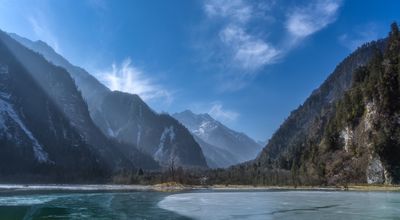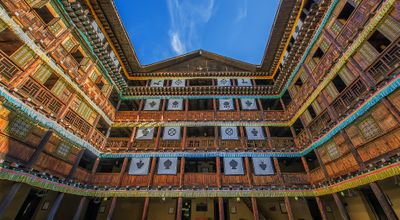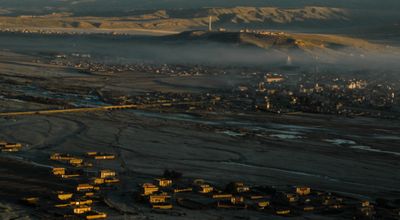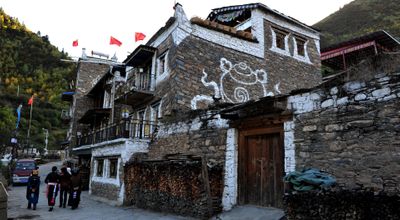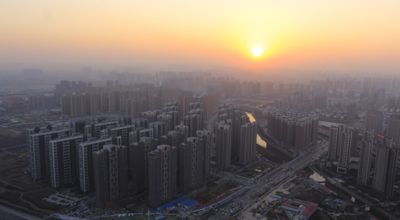Aba Prefecture Travel Guide
Sichuan Province | Population: 919,987
The full name of Aba Prefecture located in Tibet, China is Aba Autonomous Prefecture of Tibetan and Qiang Minorities. Nearly 70% of the population consists of Tibetan, Qiang, Hui and other ethnic minority groups although there is also a strong presence of the Han Chinese ethnicity as well. The people of the region have retained their centuries-old customs and traditions. Yet, they exude a spirit of brotherhood and peaceful coexistence that makes the region one of the most sought-after tourist destinations in China.
Another aspect of the city that attracts tourists from all over the world is its picturesque Trans-Himalayan landscape. It is a veritable paradise for trekkers, climbers, naturalists, photographers, and tourists. The numerous nature reserves are home to many endangered species like the giant panda, deer, roe deer, bears, golden monkeys, and leopards who are protected by the state.
Aba Prefecture has a long and rich history of conquests and religious fervor. Therefore, there are numerous ancient relics that are key tourist attractions. They include the Barkam Zhuokeji Chieftains Fortress, Songpan Ancient Town, Zamtang Bangtuo Monastery, Songgangzhibo Towers, Langmu Temple, and others. The sarcophagus gravesides discovered near the Minjiang River unearthed many exquisite artifacts made of bronze, jade, gold, and silver. They showcase the artistry and prosperity of the regional people since ancient times.
Today’s Aba Prefecture has colorful marketplaces where tourists can shop for beautiful handmade souvenirs. The region is also well-known for very fine embroidery. Their bestsellers are embroidered shoes, handkerchiefs, satchels, purses, scarves, stoles, and other accessories.
There is no dearth of choices where accommodation in Aba Prefecture is concerned. One can choose from International 5-star business hotels, luxury hotels, holiday inns, ecotourism hotels, antique-style hotels, and ethnic-style hotels. There are located in the town center and have easy access to taxi services. The room tariffs range from premium rates to mid-range depending on the type of accommodation, views, in-house amenities, and the services offered.
Homestays are the best option if one wants to stay near the nature reserves for a while. The rates are not necessarily cheap because they are near the prime tourist spots. But they give tourists sufficient time to stay in the vicinity and see the scenic area at leisure. Some of the homestay options also have a catering service so food is not a cause for concern.
The Flower Lake in the Ruoergai wetland in the Aba Prefecture is a bird watcher’s treasure. The lake is teeming with fish. To escape the harsh winters in the north, migratory birds like the yellow ducks, black-necked cranes, white cranes, swans, etc. arrive in large numbers and can be seen fishing and dancing on the shallow waters.
Aba Prefecture boasts of having three UNESCO World Natural Heritage Sites, namely the Jiuzhaigou Nature Reserve, Siguniangshan National Park, and the Huanglongsi National Park. These natural reserves are densely forested areas with a rich wealth of flora and fauna. They have fascinating scenery filled with springs, colorful karst rock formations, caves, waterfalls, lakes, rivulets, snow-capped mountain peaks, etc.
Other scenic areas include the Wolong National Natural Reserve, the Four Maiden's Mountain (a favorite of mountaineers), and the Wenchuan Special Tourism Zone (the breeding ground of the giant panda). The reserves and scenic areas are dotted with spectacular ethnic villages, of which the most popular tourist attraction is the Zhuokejitusi Village which adjoins the fortress.



